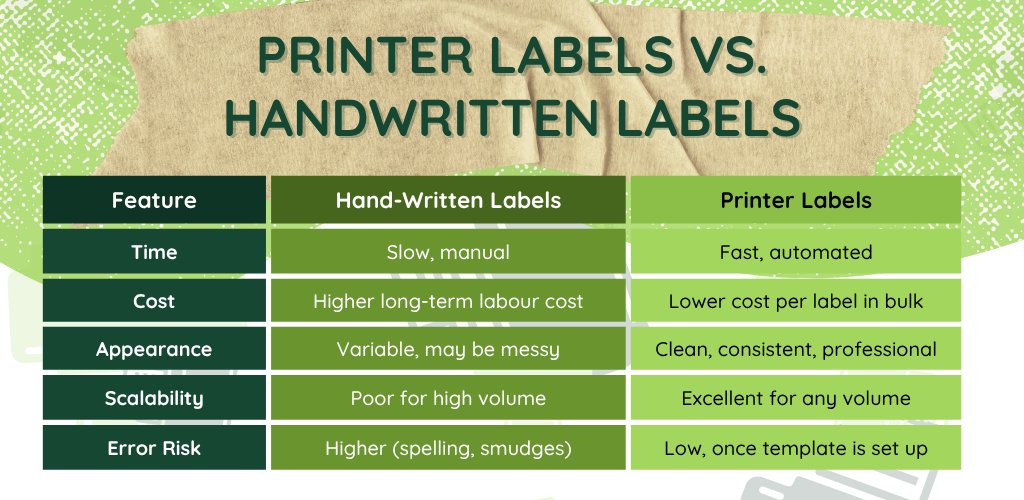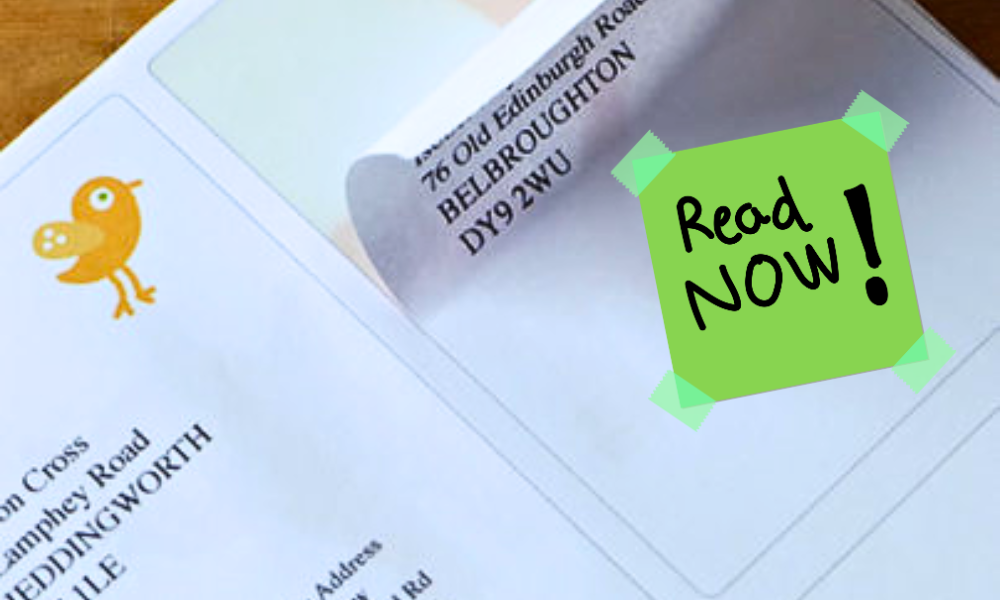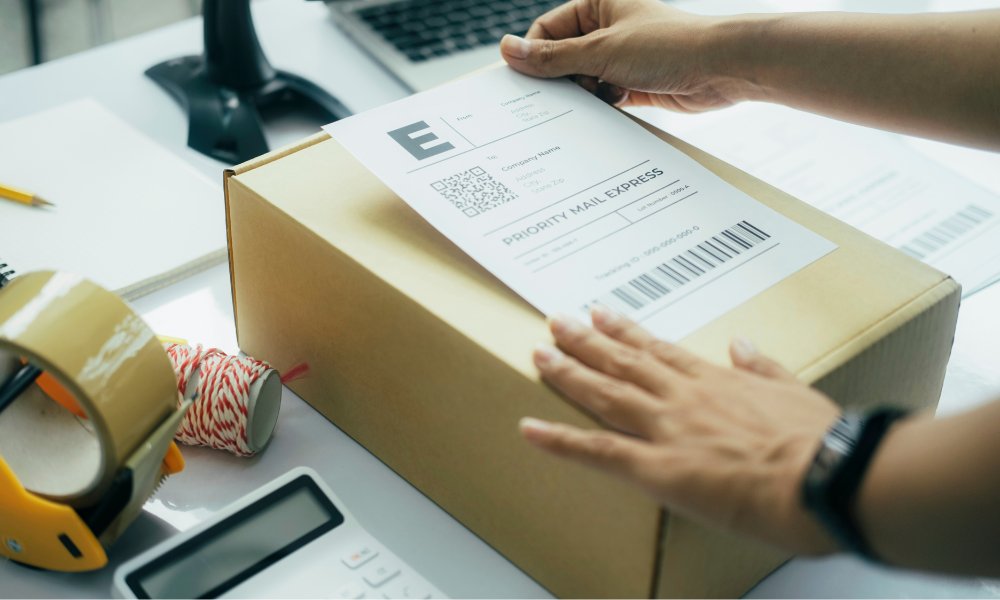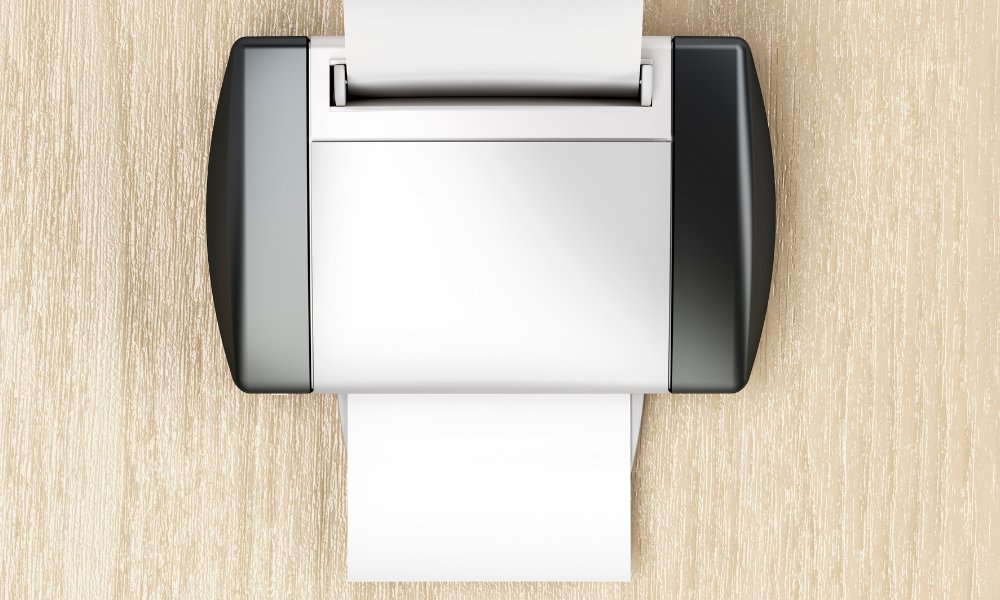Labels are a small detail that can make a big difference; they carry vital information, shape a customer’s first impression, and often determine whether a process runs smoothly or becomes an unnecessary frustration. Yet for many businesses, the decision between handwritten and printed labels is still an open question. While handwritten labels can feel personal and familiar, printer labels deliver unmatched efficiency, consistency, and cost-effectiveness, qualities that matter deeply when running a business.
Read our article below to discover the benefits of printer labels over handwritten labels.
The Limitations of Handwritten Labels
Handwritten labels have an undeniable charm, offering a human touch and conveying warmth in situations such as personal gifts or boutique packaging. However, charm alone cannot outweigh their limitations in a business environment. Writing labels by hand is time-consuming, especially when orders grow from a handful each week to dozens or even hundreds; mistakes become inevitable. Spelling errors, smudged ink, and unclear addresses can all lead to wasted materials, delivery delays, and in some cases, unhappy customers. These are inefficiencies that no growing business can afford to ignore.
The Case for Printer Labels
Printer labels, whether produced on a standard office printer or a specialised label printer, are designed for speed and accuracy. Once set up, they can transform the labelling process from a slow, manual task into an automated, streamlined system. Instead of writing out each address or product detail by hand, you can prepare your information digitally, press print, and have a full batch of labels ready in moments.
Moreover, printer labels deliver a professional and consistent appearance, reinforcing your brand’s reliability. Every label is identical in layout, font, and alignment, giving your parcels, products, and files a polished finish. This consistency not only improves brand perception but also reduces the risk of misreading critical information such as addresses, barcodes, or batch numbers.
A4 Labels In Action
Among the most practical options for businesses are A4 labels, which are supplied as full sheets that can be fed through standard printers, offering flexibility and convenience. Each sheet can hold a single large label or multiple smaller labels, depending on your needs. A4 labels are also particularly well-suited to address labels, shipping labels, product labelling, and even internal office organisation.
Because A4 labels work seamlessly with widely available templates, it’s easy to prepare your designs or address lists in a spreadsheet and merge them into a printable document. This approach means you can handle large batches of labelling with minimal effort, reducing turnaround times and freeing up your team for more valuable tasks.
Why Printing Improves Business Efficiency
Time is a finite resource in business, and the hours saved by switching from handwritten to printed labels can be significant. For example, if writing each label takes just 30 seconds, producing 200 labels by hand will consume nearly two hours of work. Printing the same batch might take less than ten minutes. Over a week, a month, or a year, the cumulative time savings become impossible to ignore.
While printer labels require an initial investment in materials, the per-label cost is low, particularly when buying in bulk, meaning cost efficiency is another major advantage to using printer labels. More importantly, printing reduces waste with miswritten labels, illegible handwriting, and incorrect details, all contributing to wasted materials and postage costs in a handwritten system. With printing, once your template is correct, every label is accurate and ready for use.
Professionalism is also a crucial consideration; customers are far more likely to trust a business that presents itself clearly and consistently. A neat, printed label communicates attention to detail and reliability, both of which contribute to positive customer experiences and repeat business.
A Practical Example
Consider a small online retailer selling handmade homeware. At first, writing labels by hand might feel like part of the brand’s charm, yet as sales increase, packing days become a source of stress. Handwriting dozens of labels not only slows the dispatch process but also risks errors that lead to delayed deliveries.
By switching to printed A4 labels, the retailer can upload customer details directly from their order system, print every label in a single batch, and cut packing time dramatically. The saved hours can then be invested in designing new products, improving marketing, or enhancing customer service activities that actually drive growth.
Printer Labels vs. Handwritten Labels: The Real Difference
When you compare the two approaches side by side, the advantages of printing are clear. Handwritten labels may offer a personal touch, but they cannot match the scalability, accuracy, and professional finish of printed labels. In business, where margins can be tight and efficiency is essential, these qualities matter far more than sentimentality.
Printer labels allow you to respond to increased demand without compromising on quality. They help prevent costly errors, create a uniform brand presentation, and ensure your workflow keeps pace with your sales. They are, quite simply, the more sustainable choice for any business aiming to grow.
Take a look at the graph below to see the differences:

Getting the Best Results
Making the most of printer labels starts with choosing the right format and material for your needs. A4 labels are a versatile choice, compatible with most standard printers and easily adapted for different purposes. Pairing them with a reliable template ensures that each print run is accurate, and keeping a steady supply in stock means you can respond to orders quickly without delays.
It’s also worth investing time in designing labels that reflect your brand identity with clear fonts, high-quality graphics, and consistent layout, all contribute to a polished appearance that customers will remember.
Tips for Getting the Most Out of Printer Labels
- Use templates: Save time by setting up a reusable format.
- Choose the right label size: From single large labels to 21-up sheets, pick what fits your needs.
- Stock up: Buying in bulk reduces cost per sheet and means you’re never caught short.
- Pair with good printer settings: A quick check of alignment before a big print run can prevent wasted sheets.
Conclusion
While handwritten labels can be endearing in certain contexts, they simply cannot compete with the efficiency, cost savings, and professionalism of printed labels in a business setting. Switching to printer labels, especially versatile options like A4 sheets, allows you to handle higher volumes, reduce waste, and present a consistent brand image.
In an environment where time and money are two of your most valuable resources, printer labels offer a practical way to protect both. They are an investment in smoother operations, better customer experiences, and long-term business growth.
At Labels Zoo, we’ve got the perfect printer labels to suit every business, from A4 sheets for bulk printing to integrated labels that streamline your packing process. Order today and see how the right labels can save you time, money, and a whole lot of hassle.
Christmas is the season of thoughtful gifting, homemade treats, beautifully wrapped parcels andfestive organisation. Often, it’s the smallest details that make the biggest difference, and labels, specifically Christmas Labels, are one of them. More than just a practical tag, a well-designed Christmas label addspersonality, professionalism and a touch of magic,…
Printing labels at home or in an office environment can initially seem like a complicated endeavour, particularly if you have never undertaken such a project before. However, with careful planning, the right materials, and a clear understanding of the process, it is entirely achievable to produce professional-quality results using standard…
Running a small business from home or managing stock in a busy office? Getting your A4 label printing spot on can make all the difference, but you must be wondering, what are the best printers? If you’re looking for a label printer that handles A4 printer labels without the fuss,…




